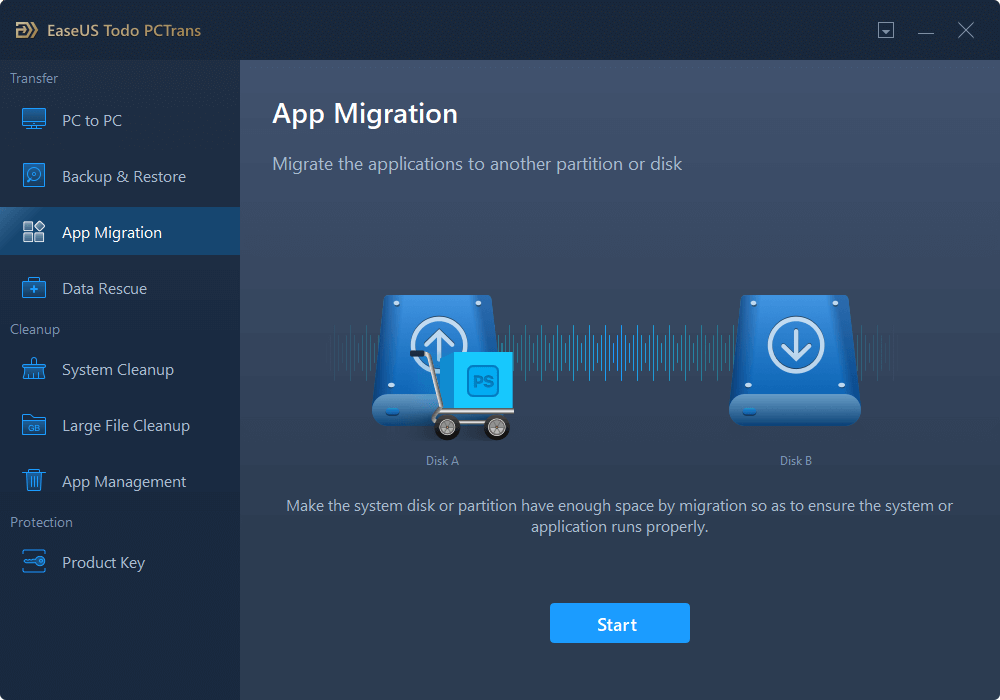With more than 115 million players in more than 145 countries, League of Legends (LOL) has captivated many gamers around the world. You’d be hard-pressed to find fault with the game, except that it consumes a lot of space, leaving millions of users wondering how to free up space on their hard drives.
This article will provide three of the most common reasons why LOL gamers move their game to a different drive. We’ll also explain three ways to transfer your League of Legends game to SSD.
Absolutely, transferring League of Legends (LoL) to an SSD can significantly improve its performance by reducing loading times and enhancing overall gameplay. Here’s a step-by-step guide on how to accomplish this:
Step 1: Acquire an SSD
Ensure you have an SSD available with sufficient space to accommodate the game. SSDs offer faster data transfer rates than traditional HDDs, which will significantly improve LoL’s loading times and performance.
Step 2: Prepare the SSD
- Connect the SSD: If it’s an external SSD, connect it to your computer using a compatible cable. If it’s an internal SSD, ensure it’s properly installed in your PC.
- Format the SSD (if required): If the SSD is new or needs formatting, you can do so by accessing the Disk Management tool on Windows or Disk Utility on macOS.
Step 3: Locate League of Legends Folder
- Find the Installation Folder: By default, LoL installs in the “Riot Games” folder on your system drive (usually the C: drive for Windows). Locate this folder in your file explorer.
Step 4: Copy LoL to SSD
- Create a Copy of the League of Legends Folder: Right-click on the “Riot Games” folder and select “Copy.”
- Paste into the SSD: Navigate to your SSD using the file explorer and paste the copied “Riot Games” folder into a directory of your choice. Ensure there’s enough space available on the SSD for the game.
Step 5: Update Shortcut or Reinstall
- Update Shortcut (If Necessary): If you have a shortcut to LoL on your desktop or Start menu, right-click on it, select “Properties,” and update the “Start in” or “Target” field to point to the new location on the SSD.
- Reinstall the Game (Optional): If updating the shortcut doesn’t work or if you encounter issues, consider uninstalling LoL and reinstalling it directly onto the SSD through the game installer.
Step 6: Verify & Play
- Verify Game Files: Open the updated game launcher (if you didn’t reinstall) and click on the gear icon to access “Settings.” Click “Initiate Full Repair” or similar options to ensure the game recognizes its new location and rechecks all files.
- Launch League of Legends: Once the verification is complete, launch LoL from the updated shortcut or launcher. The game should load from the SSD, providing faster load times and smoother gameplay.
Additional Tips:
- Backup Important Data: Before any major changes, it’s wise to back up your important game data and settings to prevent any loss.
- Regular Maintenance: Keep your SSD healthy by performing regular maintenance, such as updating firmware and managing available space.
By following these steps, you can successfully transfer League of Legends to your SSD and enjoy a smoother gaming experience with reduced loading times.
